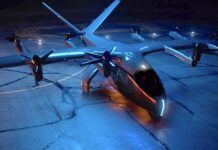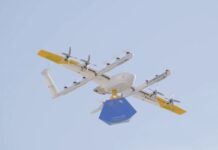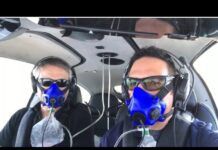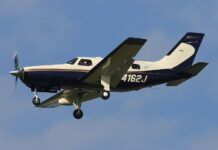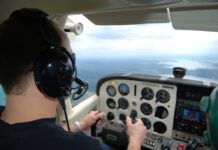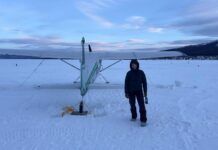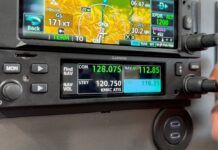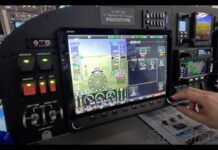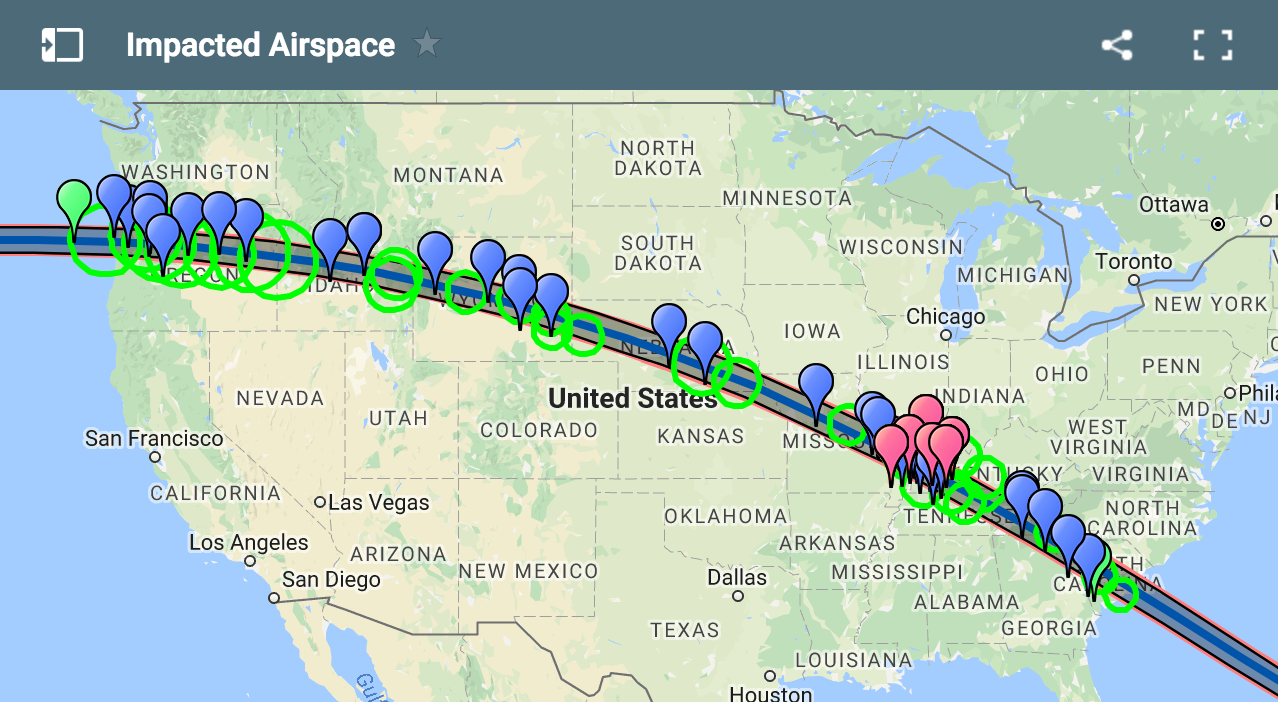
Pilots flying on the days leading up to the coming solar eclipse on Aug. 21 have surely planned already to cope with extra traffic near the path of totality, but they also need to be aware of a nationwide balloon launch that will take place along that path. Teams of students will release about 100 high-altitude scientific balloons from about 30 locations along the eclipse path, from Oregon to South Carolina. The balloons will carry instruments to about 100,000 feet, where they will send back live images of the eclipse from the edge of space. Such images have been captured only once before, during a 2012 eclipse in Australia, and this will be the first time the images will stream live over the internet.
Each balloon is filled with helium, and together with its payload, weighs about 12 pounds. After about three hours of flight, each balloon will separate from its payload, which then will descend back to earth under a parachute. NBAA noted that pilots should be aware of the ballooning activities. “While FAA air traffic control centers regularly see high-altitude weather balloons in their airspace, this project is different because dozens of balloons will take flight in a short period of time,” said Heidi Williams, NBAA’s director of air traffic services. Each balloon will carry a satellite modem for tracking the balloon’s location, FAA spokesperson Elizabeth Isham Cory told AVweb on Thursday.
“Air traffic controllers will integrate a large number of simultaneously launched unmanned balloons with regular aircraft traffic,” Cory said. Besides the tracking device, each balloon will carry two cameras to transmit photos and high-definition video to a ground station plus a payload for a science project. “We are expecting air traffic will be up in the path of totality, and many airports in that path are also hosting events on Aug. 21, which will further increase air traffic,” added NBAA’s Williams. “We encourage operators to check with their destination FBOs to ensure needed ground support services will be available if operating in or near the path of totality.”



